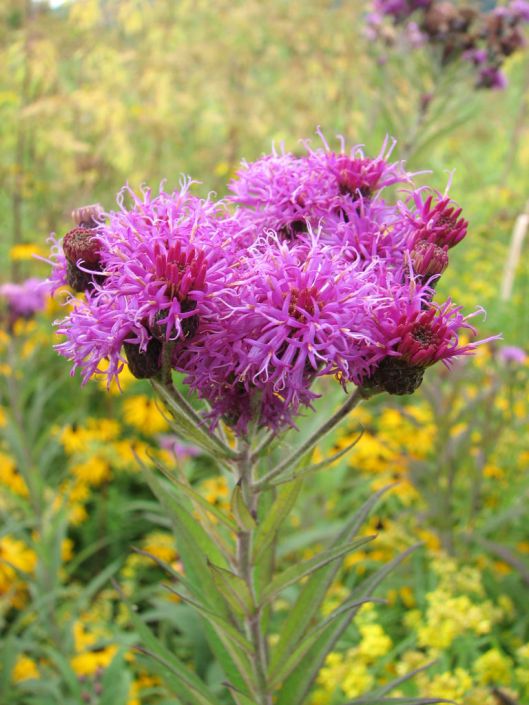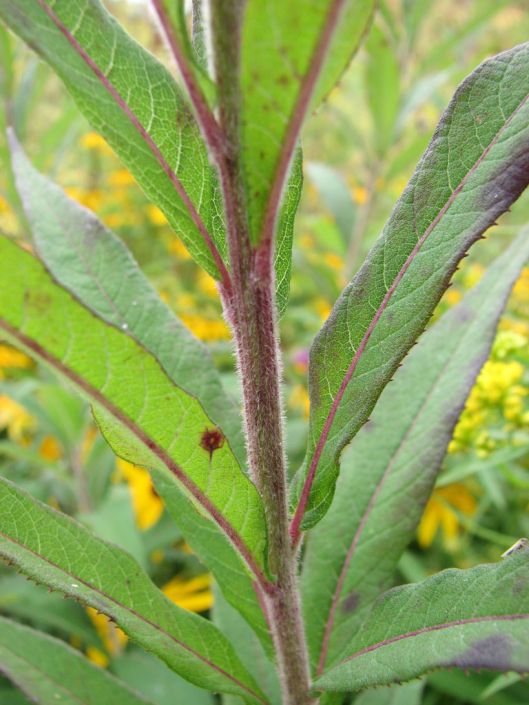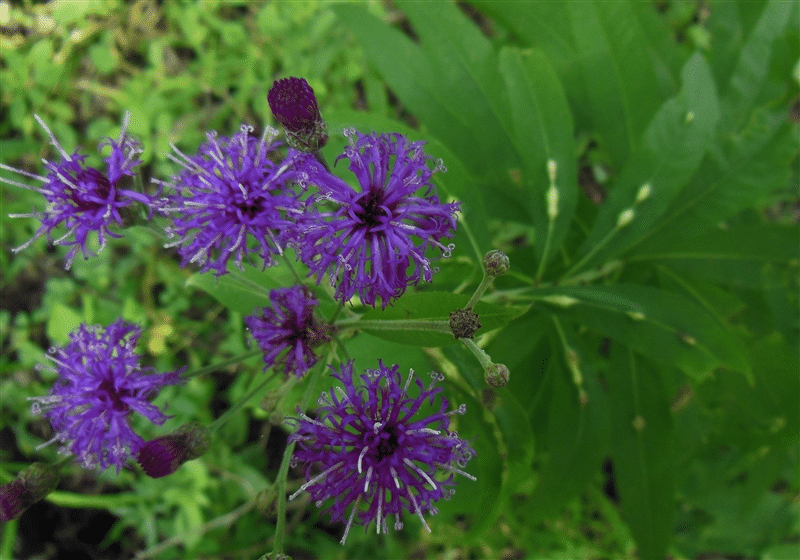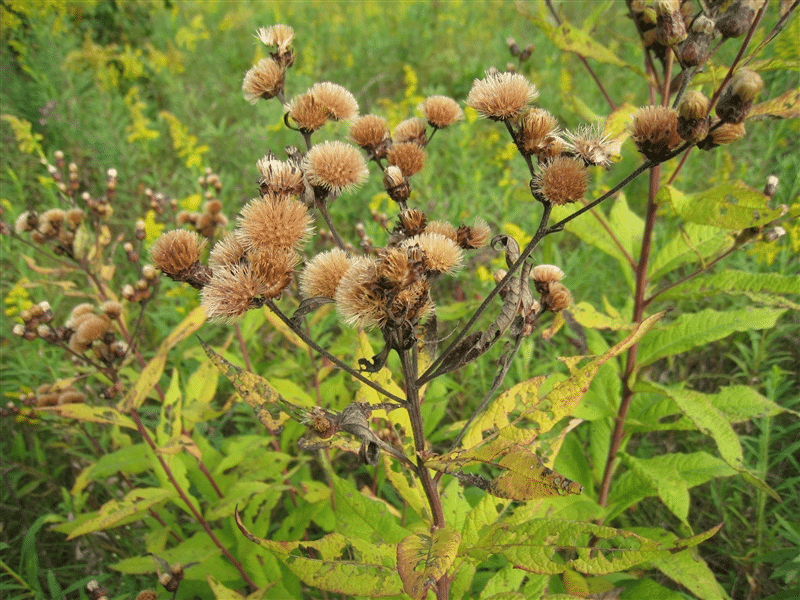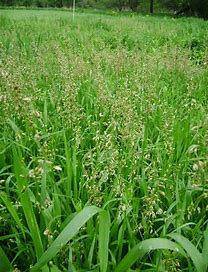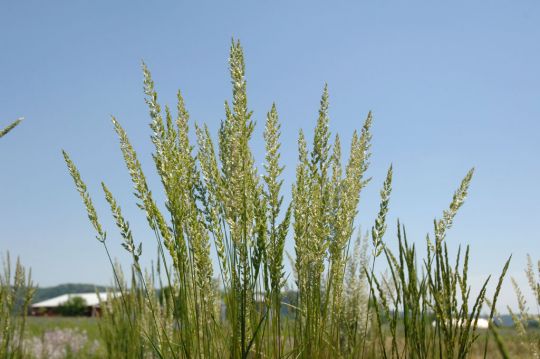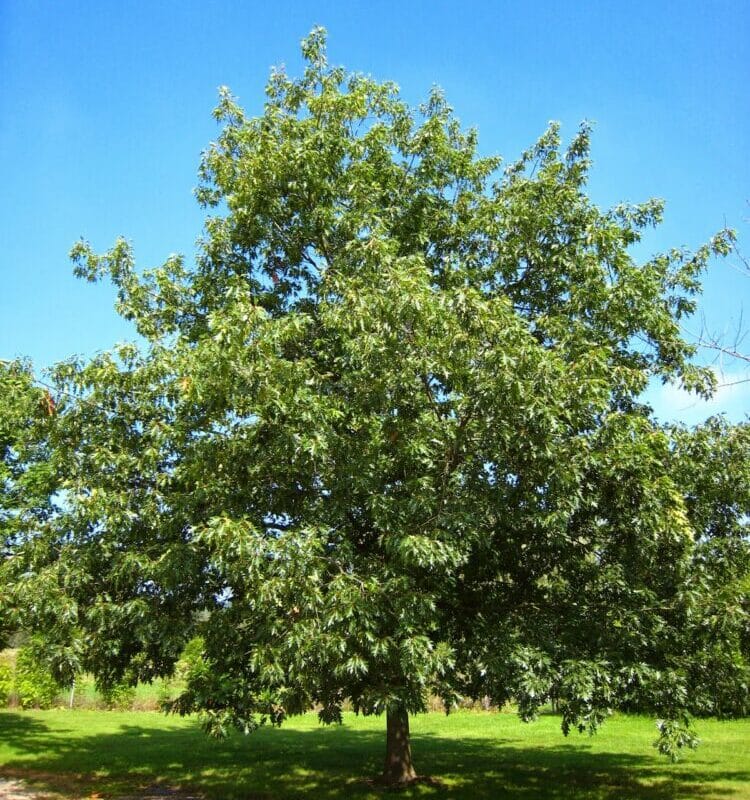Description
Named for its tough stem, Ironweed has excellent posture and never slouches in the garden, even through the winter. Perhaps the showiest of Ironweed species, Vernonia missurica’s bright magenta, rayless composite flowers have over 30 disk florets (other Vernonia species typically have less). Also unlike other Ironweeds, Missouri Ironweed has many dense white hairs on the underside of its leaves, often lending them a silvery appearance. The flowers of Ironweed are a rare color in the late summer landscape, and the brilliant purple-crimson bloom is very attractive to butterflies. An excellent addition to the pollinator garden, Ironweed is a host plant for the American Painted Lady butterfly. Ironweed provides nectar loved by pollinators: long-tongue bees, flies, skippers, and other butterflies such as monarchs and swallowtails.
Although it grows naturally in moist soils, and tolerates brief flooding, Ironweed also does equally well in average garden soils. It also grows taller in moist soils and ranges from 4-6 feet. The plant height may be reduced by cutting back the stems in late spring. Ironweed can be a fairly aggressive spreader. This can be mitigated by removing some of the flower heads before they go to seed.
Effective in background borders, cottage gardens, rain gardens, wildflower meadows and naturalized plantings. The dark rigid stems topped with contrasting fluffy seed heads, offer excellent late season color and texture, blooming from late July into October.
Click here for more information from USDA-NRCS.
